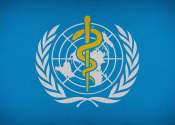Noma officially recognized by WHO as a neglected tropical disease
Noma, also known as cancrum oris or gangrenous stomatitis, is now officially recognized as a neglected tropical disease (NTD), according to an announcement made by the World Health Organization (WHO).
Dec 20, 2023
0
0








